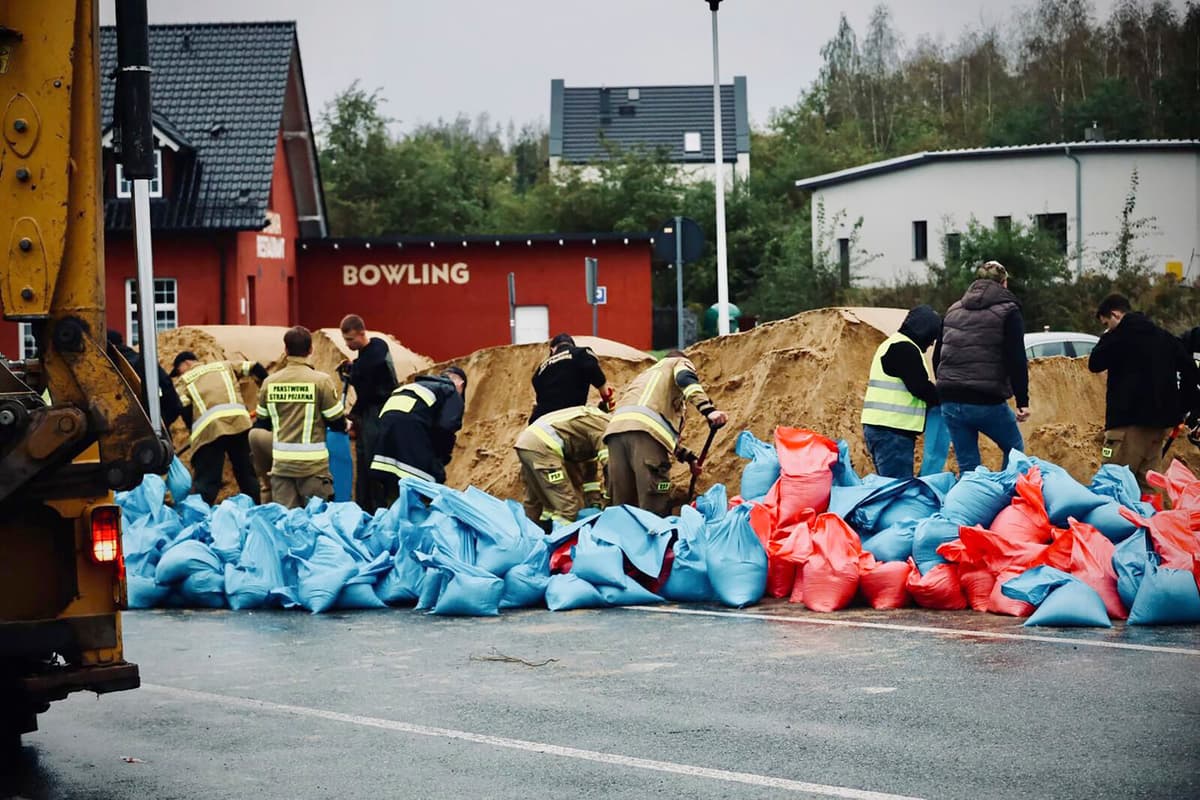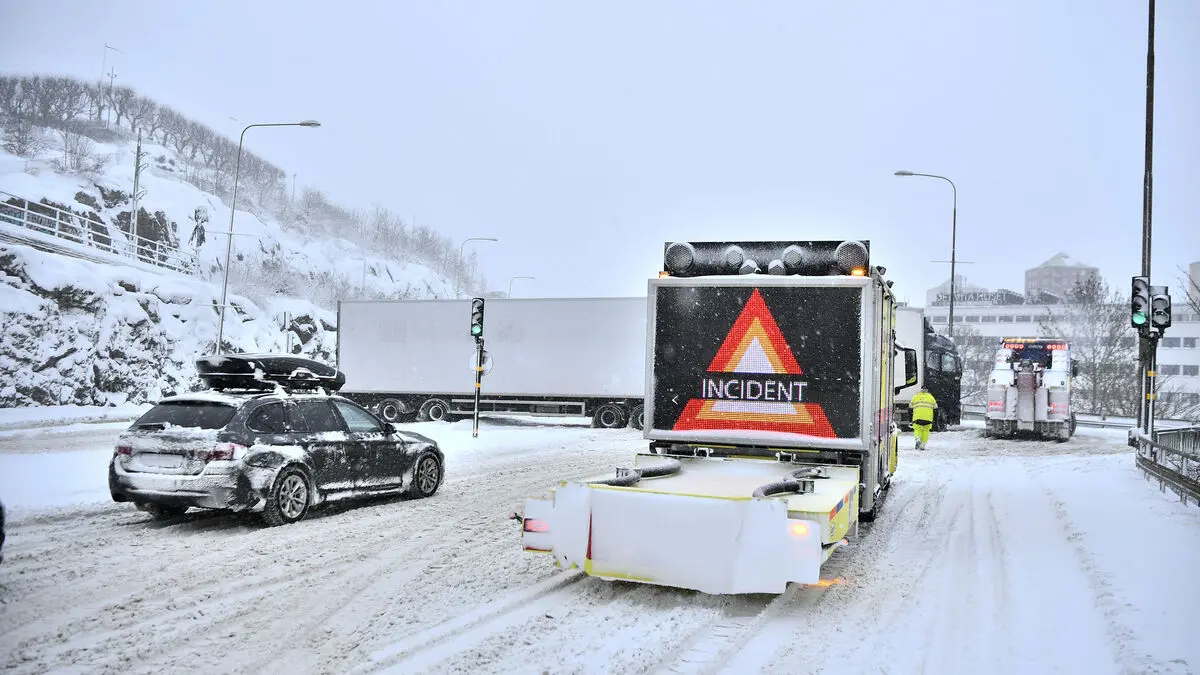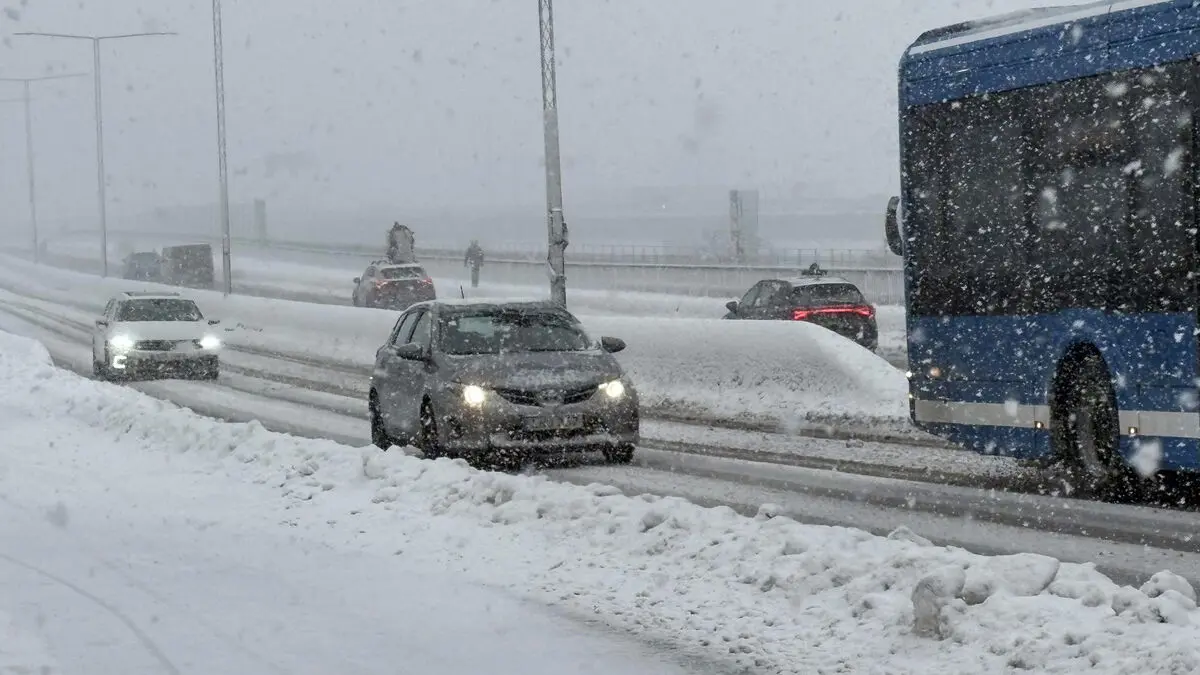It's not over, emphasizes the press department in the Austrian region of Burgenland, according to the news agency APA.
After last week's heavy rainfall, water levels in rivers and lakes have risen and risen in parts of Poland, the Czech Republic, and Austria. But after continued evacuations on Tuesday, a glimmer of hope emerged later in the day – in the capital Vienna and surrounding Lower Austria, water levels appear to have peaked, reports APA.
However, further downstream in several of Europe's largest rivers, the situation remains critical.
In Hungary's capital Budapest, the military has been deployed to reinforce dams along the Danube. Even large groups of volunteers are filling and stacking sandbags in the hope of saving riverbank properties.
Until Friday
But low-lying quays and half of Margaret Island, the well-known tourist destination in the city, have been cordoned off – it is seen as inevitable that the water will take over, reports the news agency AP.
Another world-famous attraction, the old town districts in Polish Wroclaw, is also at risk. There, the forecast is that the water in the Oder River will continue to rise until Friday. Similar scenes are unfolding in Hungary, where thousands of people are passing sandbags, hoping that the dams will hold in the city, which is comparable in size to Gothenburg.
"We and our animals are extremely grateful for all the help," the city's zoo appealed for more volunteers on Tuesday, writes AP.
"Fought for our home"
Further south, the population has fought to save the city of Nysa. Mayor Kordian Kolbiarz declared a general evacuation of the entire city, which has 44,000 inhabitants, on Monday. But on Tuesday, he announced according to Polish media that "everything indicates" that the city will survive.
"The chains of people formed to save our city were incredible," he writes. "Thanks – we fought for our home, our families, our future".
A number of fatalities have occurred in several countries – in addition to Austria and Poland, also in the Czech Republic and Romania – in connection with the deep low-pressure system Boris.
The storm has been almost stationary since the middle of last week, with heavy rainfall and strong winds. Now that it's starting to ease in Central Europe, the dark clouds are moving on to northern Italy, where extreme weather is being warned about in the coming days.





